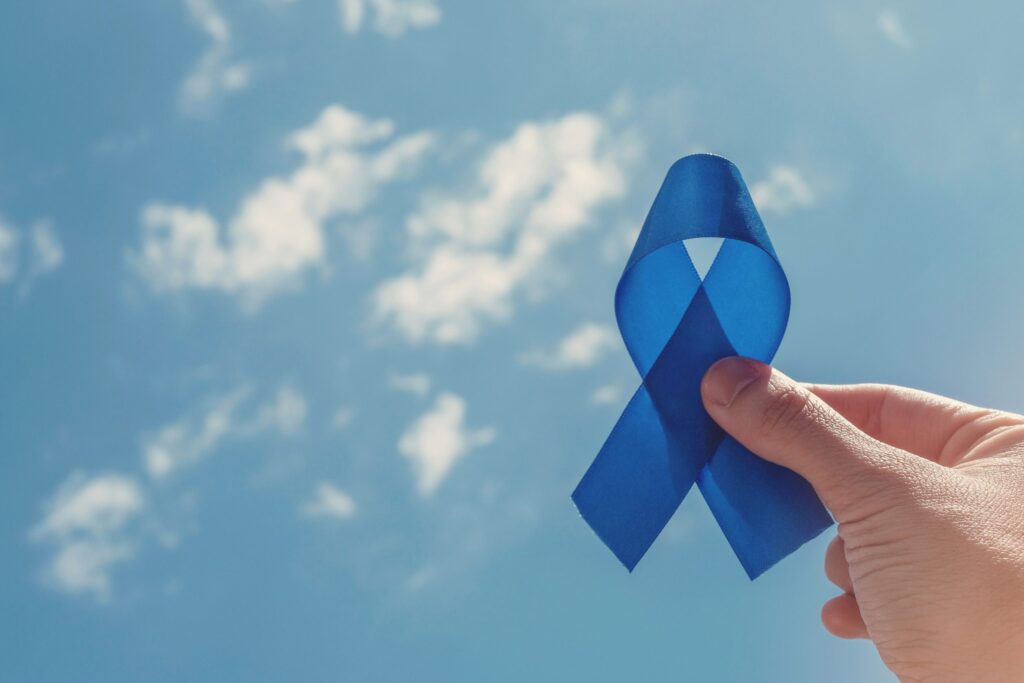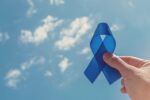An estimated 30 million individuals in the United States have diabetes, and exercise and outdoor activities have well-established benefits. Diabetes presents a specific set of management challenges for individuals pursuing wilderness activities. Diabetes control can be challenging at baseline, with the difficulty and risks amplified in extreme environments and remote locations. A group of experts in wilderness medicine, endocrinology, primary care, and emergency medicine were assembled to compose a guideline for the planning and execution of wilderness pursuits for individuals with diabetes.
The foundation of pre-trip preparation lies in baseline diabetes management. This includes routine monitoring of blood glucose (BG) control, monitoring for complications, maximizing baseline health and knowledge of one’s own diabetes management. Given increased risk of cardiovascular complications with diabetes, individual assessment of cardiovascular risk should be completed prior to wilderness pursuits. Yearly dilated eye exam is recommended, especially as retinal hemorrhage (bleeding) is a known risk for anyone traveling to high altitudes. Individuals with diabetes should be cautious about taking NSAIDs (nonsteroidal anti-inflammatory drugs), as both diabetes and NSAIDs use carry a risk for kidney damage. Peripheral neuropathy (nerve pain), another possible complication of diabetes, can increase risk of frostbite, impair sweat/heat release, and can mask injuries. These risks should be discussed with a provider prior to travel and equipment should be planned accordingly with this knowledge.
Table 1 details an essential supply list for wilderness athletes with diabetes. A functioning glucometer, of which the owner has a good operational knowledge, is essential. Individuals should also include backup batteries, glucometers, and insulin. The function of glucometers, ketone monitors, and medications including insulin can be altered in extreme temperature. Temperature regulated and physically protective storage is recommended. This could mean keeping and even sleeping with a glucometer in a jacket pocket to prevent extreme cold or using a cooled thermos for device/medication storage. Knowing device specifications for temperature and function is important to pre-trip planning as well.
Pre-trip planning must also include contingency planning for common complicated conditions. Nerve and blood vessel damage related to diabetes can lead to decreased ability to shed heat through sweating and blood vessel changes at the skin. Heat has been shown to increase BG levels in studies of individuals without diabetes. Extreme cold has been shown to affect absorption of injected insulin. There is not enough data on diabetes management in hot or cold environments to make specific dose adjustment recommendations. The best practice when a trip may involve temperature extremes is to train in a similar setting to establish one’s own individual needs and trends at that temperature and to discuss it with one’s provider prior to the trip.
Altitude presents its own set of complications in diabetes. Research has shown differences in insulin effect at high altitude, likely due to both hypoxia and altitude. However, specific recommendations insulin adjustments changes are difficult to make, and individuals should be aware of a potential need to increase insulin dose at high altitude, monitoring BG levels closely. Again, shorter trips to altitude with close glucose monitoring are recommended to establish one’s individual response and insulin need. High altitude illnesses present an interesting dilemma in the setting of diabetes as symptoms of acute mountain sickness (AMS), high altitude pulmonary edema (HAPE), and high altitude cerebral edema (HACE) can mimic some symptoms of low or high BG. Diabetes has not been shown to increase risk of developing these conditions, but more frequent glucose/ketone checks can be employed to help differentiate between diagnoses. Some medications for altitude sickness include acetazolamide (Diamox) and dexamethasone (a corticosteroid). Acetazolamide has the potential to worsen dehydration and acidosis, and thus should be used with caution. Dexamethasone carries the risk of increasing BG, though this must be weighed against acuity of illness. For example, HACE is a life-threatening condition, requiring descent as soon as possible, and the risk of temporary hyperglycemia should not prevent the use of dexamethasone.
After environmental factors have been reviewed, BG monitoring, hydration, and medication management should be reviewed. Exercise changes carbohydrate metabolism and insulin utilization. Suggested protocols for BG monitoring around exercise typically includes BG checks every 30 minutes before exercise, every 30 minutes during exercise, and every 2-4 hours after exercise. However, these are generic recommendations, and it is best to establish one’s own trend and BG monitoring strategy in a similar environment before any wilderness pursuit. Hydration and carbohydrate intake should be individualized based on environment, and coupled with training and monitoring.
Insulin dosing should be discussed with a qualified healthcare professional endocrine provider before wilderness activities. In general, basal insulin doses should be decreased before and after exercise, and continuous subcutaneous insulin infusion (CSII) users should reduce or suspend basal insulin either at the start or 30-60 minutes prior to exercise in order to avoid hypoglycemia. Noninsulin medications have various potential side effects, including gastrointestinal upset with risk of dehydration, and should be discussed with one’s provider prior to an excursion.
Contingency planning for hyperglycemia and hypoglycemia is essential for wilderness athletes with diabetes. Symptoms of hypoglycemia include drowsiness, confusion, dizziness, nausea, palpitations, tremor, sweating, and anxiety. For the wilderness athlete, this is most easily remedied with light weight, easy to carry oral carbohydrate sources like sugar packets, glucose gel, honey, corn syrup, or glucose tabs. Severe hypoglycemia results in similar symptoms, but will also include altered mental status. In this case, administration of glucagon is often necessary, and the individual with diabetes as well as those accompanying them should be equipped for glucagon administration if necessary.
Hyperglycemia is defined as BG>250 mg/dL and brings with it risk of two life threatening conditions—diabetic ketoacidosis (DKA) and hyperglycemic hyperosmolar state (HHS). HHS can present with BG>600 mg/dL and extreme dehydration. The most important markers of DKA in the wilderness athlete are BG>250 mg/dL and ketones either in blood or urine. In order to assess for DKA, a wilderness athlete with diabetes should carry urine ketone strips or a blood ketone monitor. Differentiating between hyperglycemia, mild ketosis, and severe DKA is a key step in deciding whether to treat on site or evacuate. Figure 1 details a framework for risk assessment and management of hyperglycemia in the wilderness. Use of this tool requires an excellent grasp of symptom recognition and monitoring.
Figure 1. Algorithm for management of hyperglycemia and ketosis in the backcountry. EDD, estimated daily dose; PO, oral intake.
With an ever-increasing number of athletes in wilderness and remote environments, the number of athletes with diabetes in these settings continues to increase. Management of type 1 and type 2 diabetes presents an important challenge to those planning wilderness and backcountry athletic pursuits. Click here to view the full Wilderness Medical Society Clinical Practice Guidelines for Diabetes Management.
Published January 11, 2021
Volume 38, Issue 1



